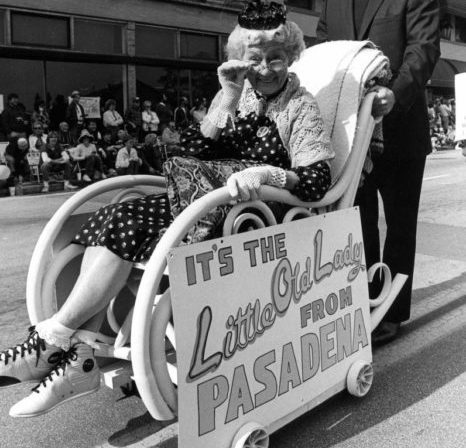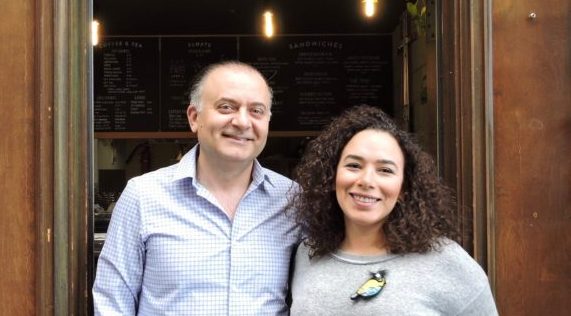
By Galen Patterson
Arcadia was founded by a prominent land baron who owned a most of the San Gabriel Valley in its early settling days, Elias “Lucky” Baldwin. While Baldwin is also credited with forming several other towns in the valley, Arcadia is unique because of its intended purpose.
In 1903, Baldwin signed a deal with a railroad company to let the tracks pass right through his land. Shortly after the construction of the railroad, Baldwin filed for incorporation and soon Arcadia became a town with a purpose, Los Angeles County’s den of immorality.
As the first elected mayor, Baldwin immediately set about transforming his new town in an early Las Vegas-like settlement. Arcadia was touted to be “the only Sportin’ town in Southern California.” Baldwin granted his oldest daughter the first liquor license in the city and in 1907, The Santa Anita Racetrack opened its doors.
Reports of the opening day liken the racetrack as more of a casino, with slot machines, gaming tables, poker rooms and a boxing ring.
Baldwin’s legacy would be cemented with sadness and immorality, despite his successes. He led a wagon train from the Midwest to California, loaded down with tobacco and brandy; he made his fortune and had begun to lose it to numerous lawsuits until his death in 1909.
According to Carol Libby, a historian at the Arcadia Historical Society, Baldwin “always owed money,” she says, “If there were credit cards back then, he would have maxed them out.”
After Baldwin’s death, the town continued to remain relatively lawless until 1912, when a group of women called Cooperative Arcadians managed to outlaw alcohol and build a public library to demonstrate the bright future of Arcadians.
When the saloons closed, the land was divided into smaller lots and the people of Arcadia gradually began making the shift to chicken farming. In time, Arcadia would grow to be a massive poultry and egg hub in Los Angeles County.
Today, Baldwin’s name haunts the communities that inhabit his former land holdings, while patrons of the renowned chain of pubs remind residents of his affluence and dedication to pleasure. Arcadia’s crown jewel, The Santa Anita Racetrack stands as a testament to the community and embodies the spirit of its founder, where fortunes can be won and lost.




